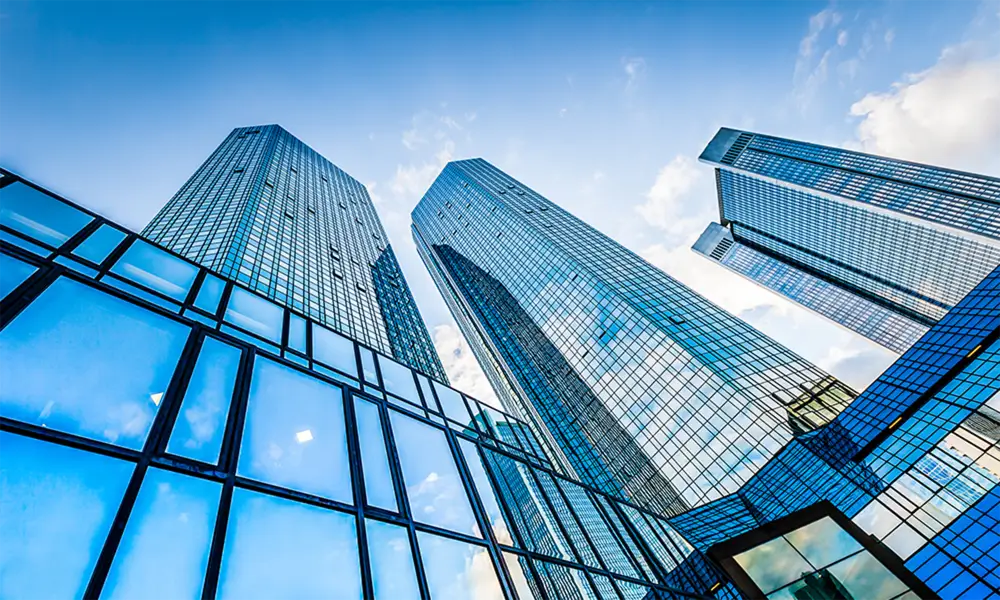

Exploring Low-E2 Glass Benefits and Applications
In the realm of modern building and construction materials, low-emissivity (Low-E) glass has emerged as a pivotal innovation. Among the various types of Low-E glass, Low-E2 glass has gained significant attention due to its superior thermal efficiency and energy-saving capabilities. In this article, we will delve into what Low-E2 glass is, its benefits, and its practical applications.
What is Low-E2 Glass?
Low-E2 glass is a type of window glazing treated with a microscopically thin, transparent coating that reflects infrared energy while allowing visible light to pass through. The E in Low-E stands for emissivity, and the number 2 refers to a specific type of coating typically aimed at improving energy efficiency in buildings. This technology is usually applied to double or triple-glazed windows, where an inert gas fills the space between the glass panes, enhancing insulation.
Benefits of Low-E2 Glass
1. Energy Efficiency The primary advantage of Low-E2 glass lies in its ability to reduce heat transfer. During the summer, it reflects heat away from the interior, keeping spaces cooler, while in the winter, it retains heat, ensuring warmth. This leads to significant energy savings on heating and cooling costs.
2. UV Protection Low-E2 glass also offers protection against harmful ultraviolet (UV) rays. Prolonged exposure to UV light can fade furniture, carpets, and artworks. By blocking a substantial amount of UV radiation, Low-E2 glass helps preserve the integrity and beauty of interior spaces.
3. Improved Comfort By minimizing temperature fluctuations within a building, Low-E2 glass enhances occupant comfort. This consistency in indoor temperature leads to an environment that is conducive to productivity and relaxation.
4. Noise Reduction The insulating properties of Low-E2 glass also contribute to sound attenuation. It acts as a barrier against external noise, making it a valuable addition to urban buildings or areas with high traffic.

5. Aesthetic Appeal The clarity and transparency of Low-E2 glass make it visually appealing. It allows for ample natural light to penetrate spaces without compromising views, ensuring the aesthetics of a building are maintained.
Applications of Low-E2 Glass
1. Residential Buildings Homeowners are increasingly opting for Low-E2 glass windows to enhance energy efficiency and comfort. The long-term savings on energy bills combined with the protection of furnishings from UV damage make it a smart investment in residential properties.
2. Commercial Buildings Office spaces and commercial structures benefit immensely from Low-E2 glass. The reduction in energy consumption translates to lower operation costs, making it an attractive option for businesses aiming to improve their green credentials.
3. Retail Spaces In retail, window displays are vital for attracting customers. Low-E2 glass allows for vibrant displays with reduced glare while protecting merchandise from fading due to UV exposure.
4. Educational Institutions Schools and universities are incorporating Low-E2 glass to create eco-friendly campuses. The energy savings can be redirected to other educational resources, benefiting students and faculty alike.
5. Government Buildings Many government projects prioritize sustainability and energy efficiency. Low-E2 glass is often a preferred choice for new buildings or renovations, demonstrating a commitment to environmentally conscious design.
Conclusion
As the world increasingly recognizes the importance of sustainable building practices, Low-E2 glass stands out as a forward-thinking solution. Its ability to enhance energy efficiency, provide UV protection, improve occupant comfort, and contribute aesthetically makes it a versatile choice for various applications. Whether in residential, commercial, or institutional contexts, Low-E2 glass not only meets the demands of modern architecture but also promotes a more sustainable future. As technology evolves, we can anticipate even more advancements in glazing solutions, further solidifying Low-E2 glass's role in shaping the environments we live and work in. Investing in such innovative materials has become not just a trend, but a vital step towards ensuring energy-efficient buildings for generations to come.